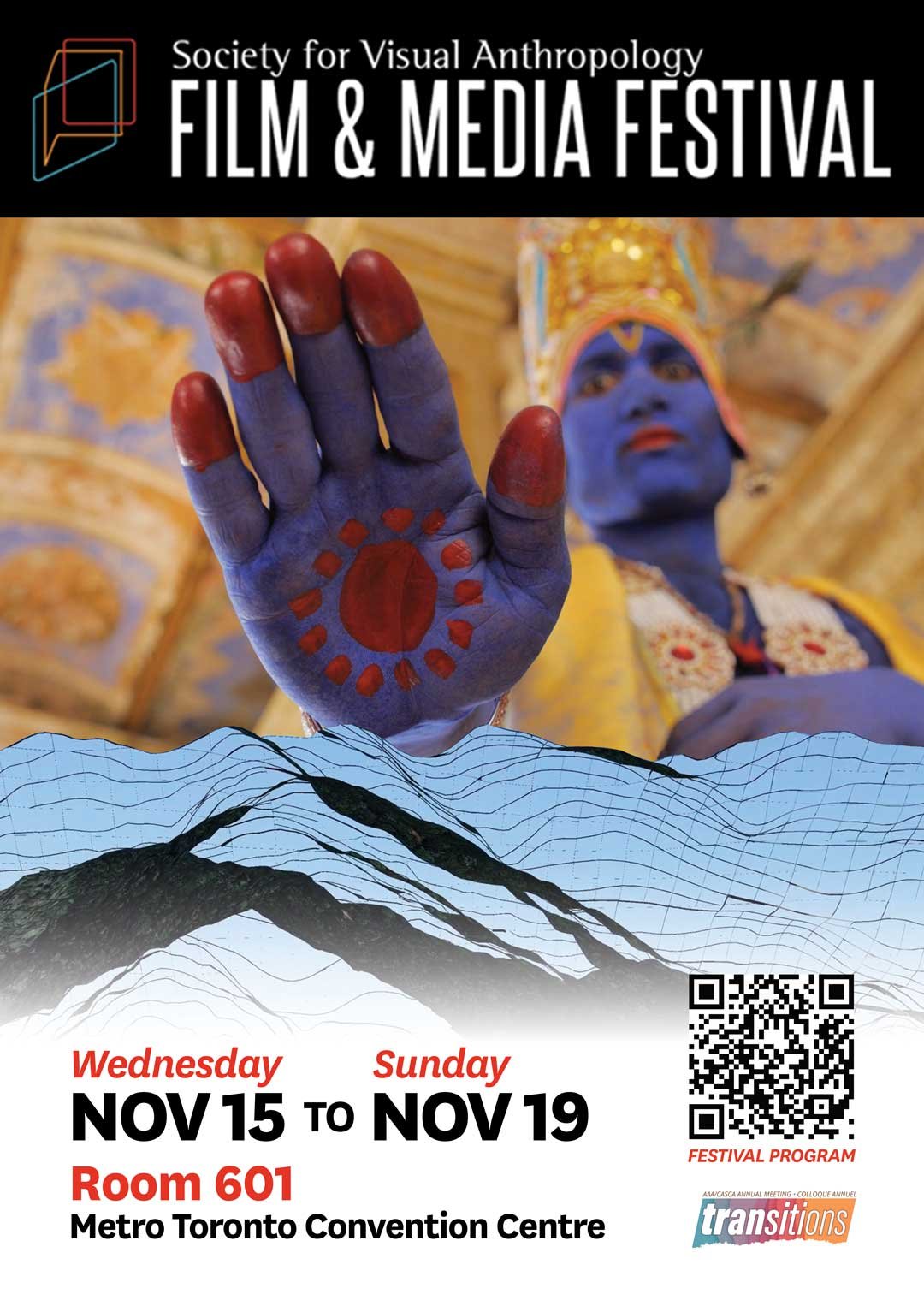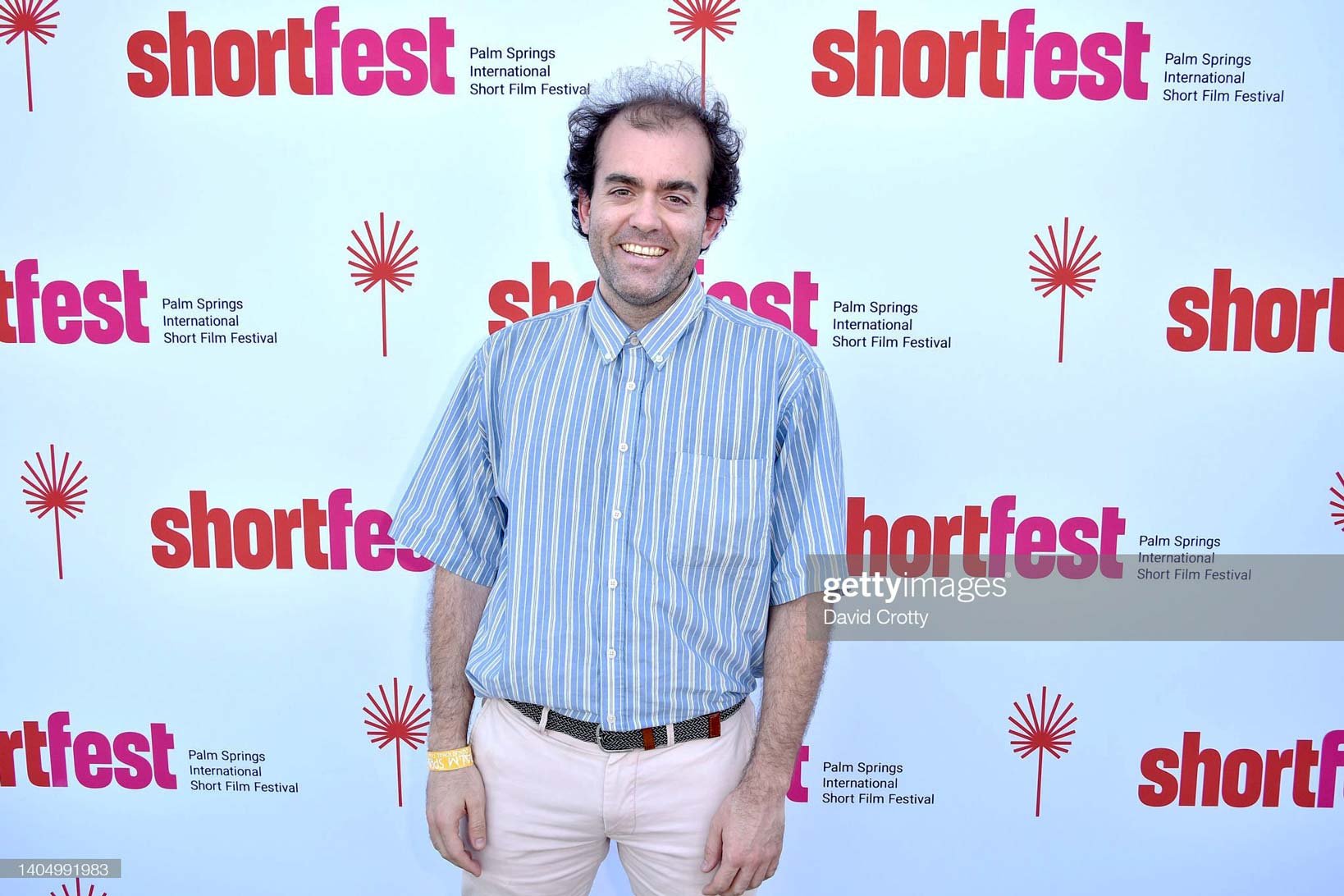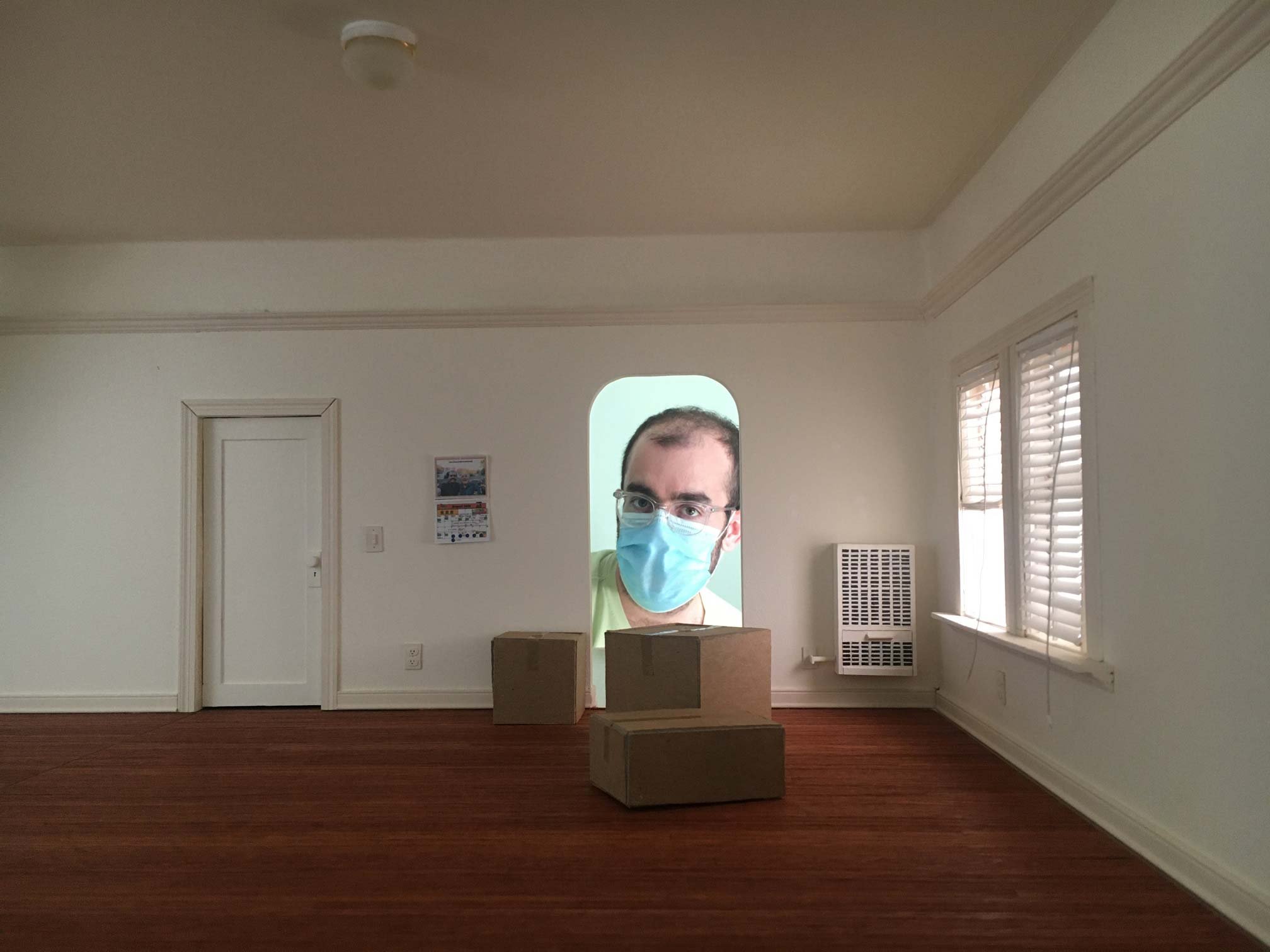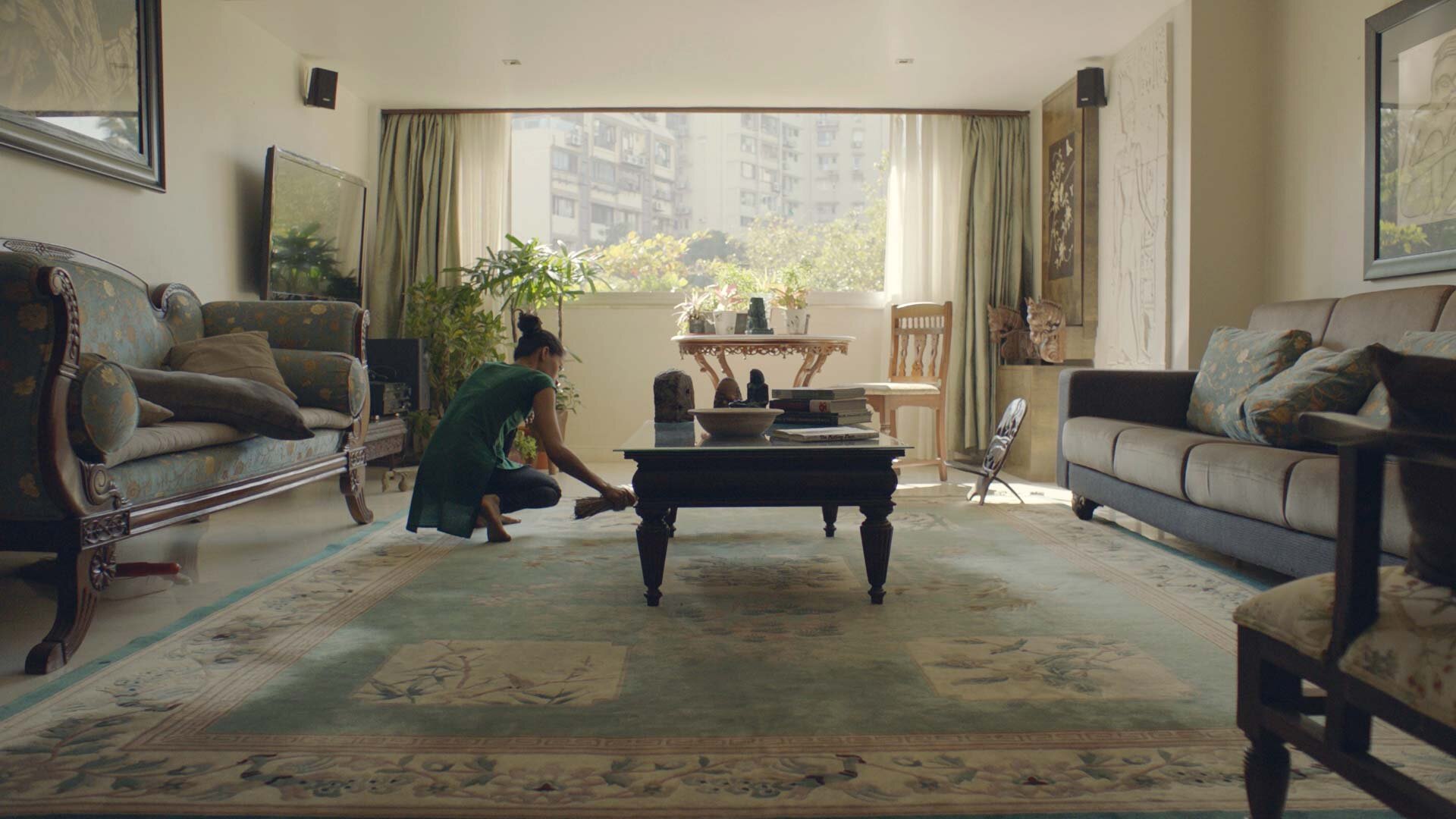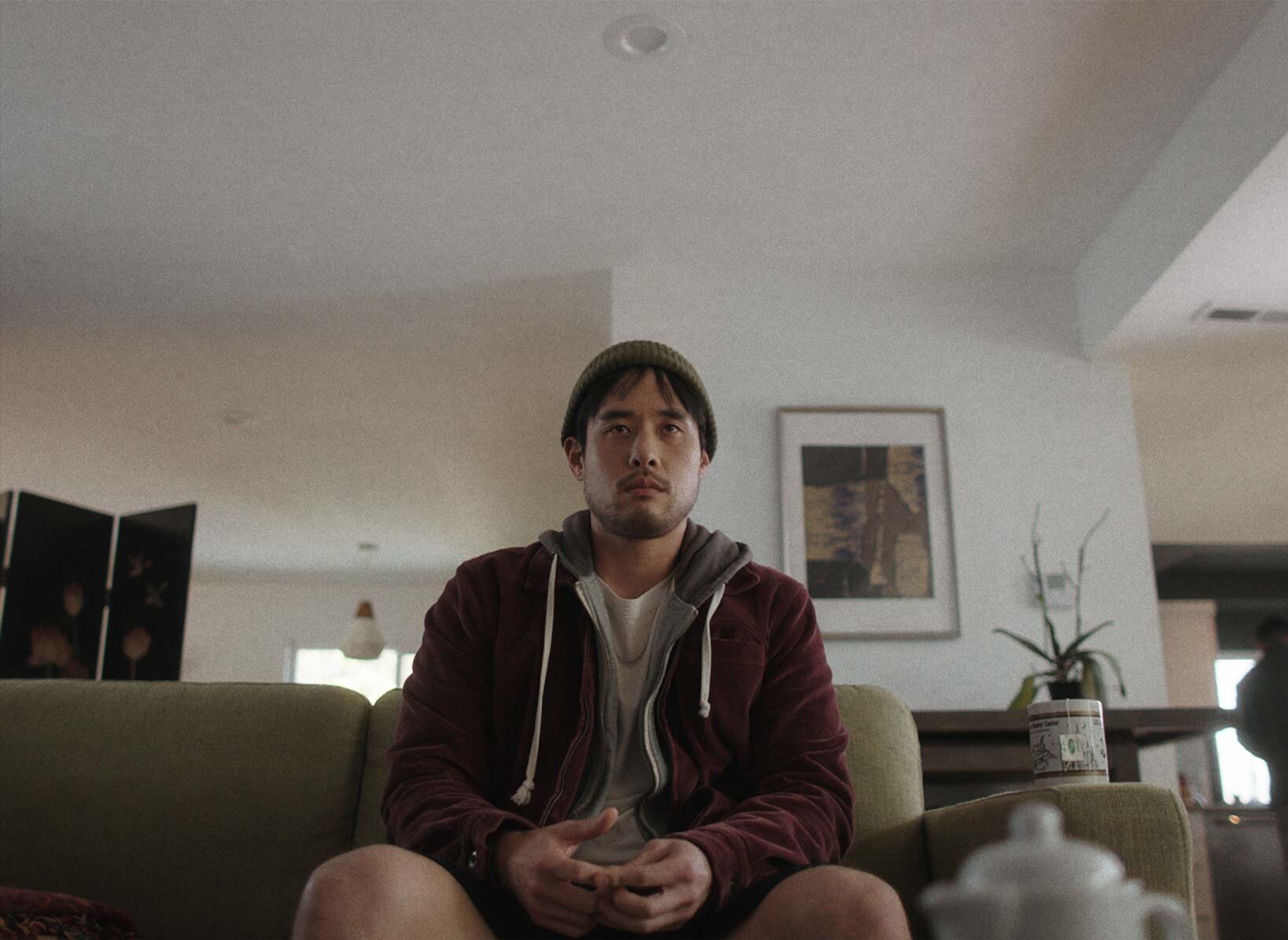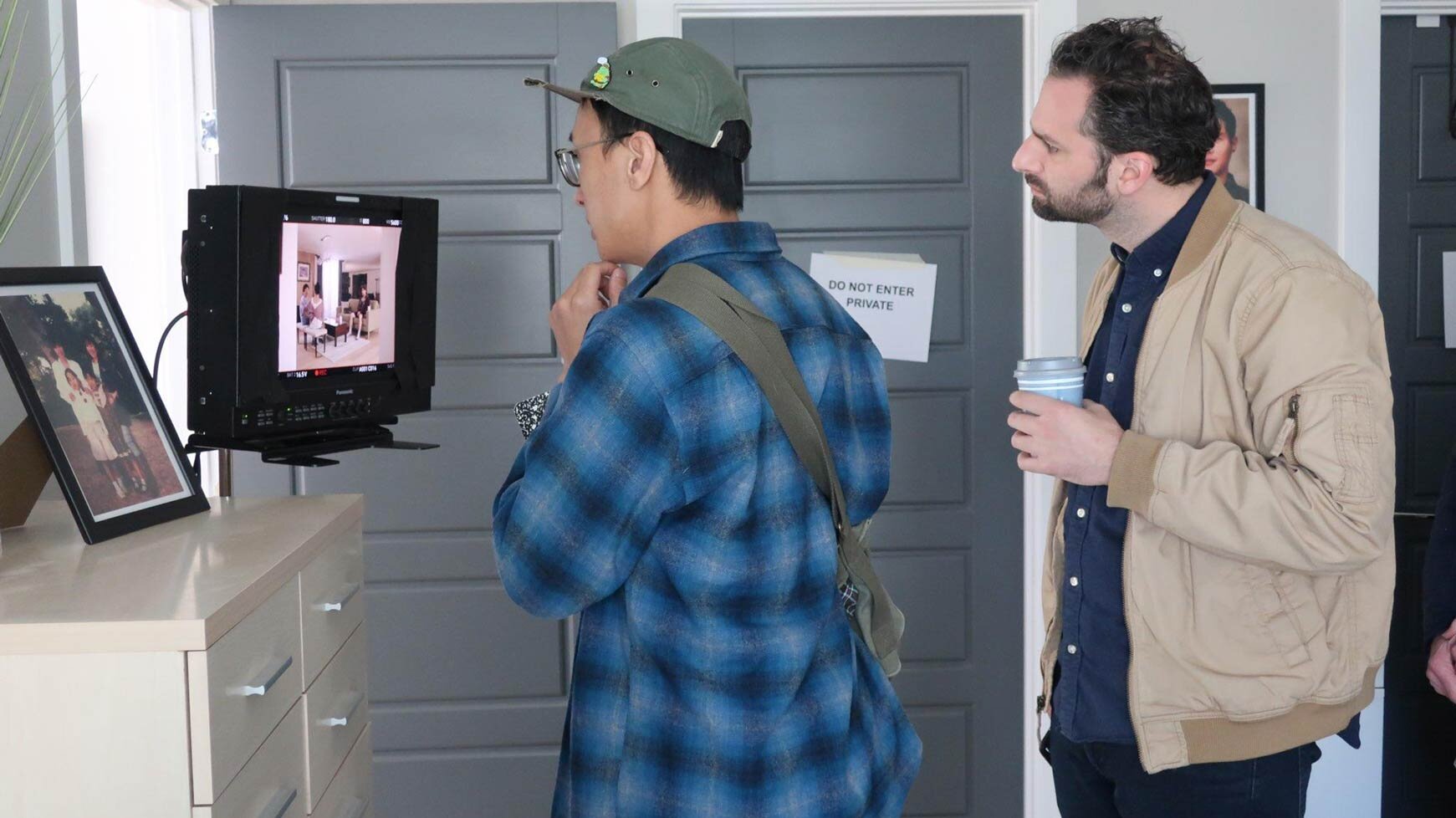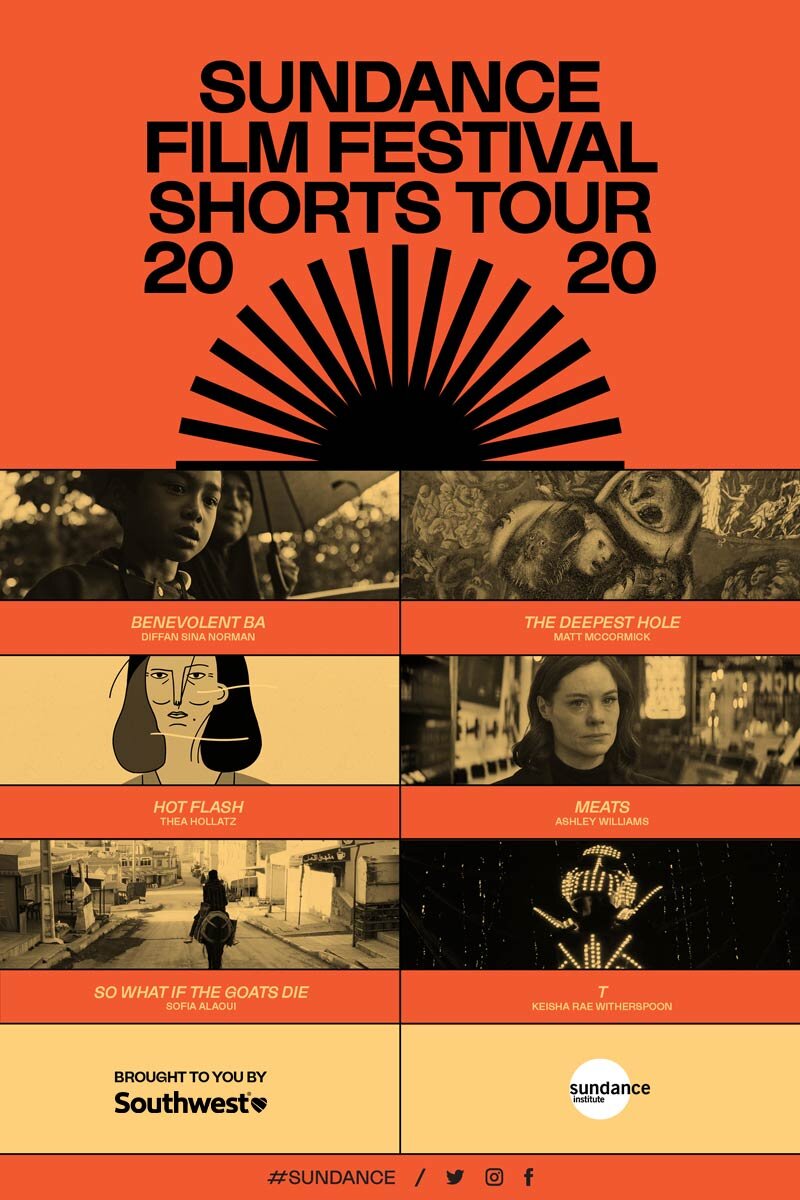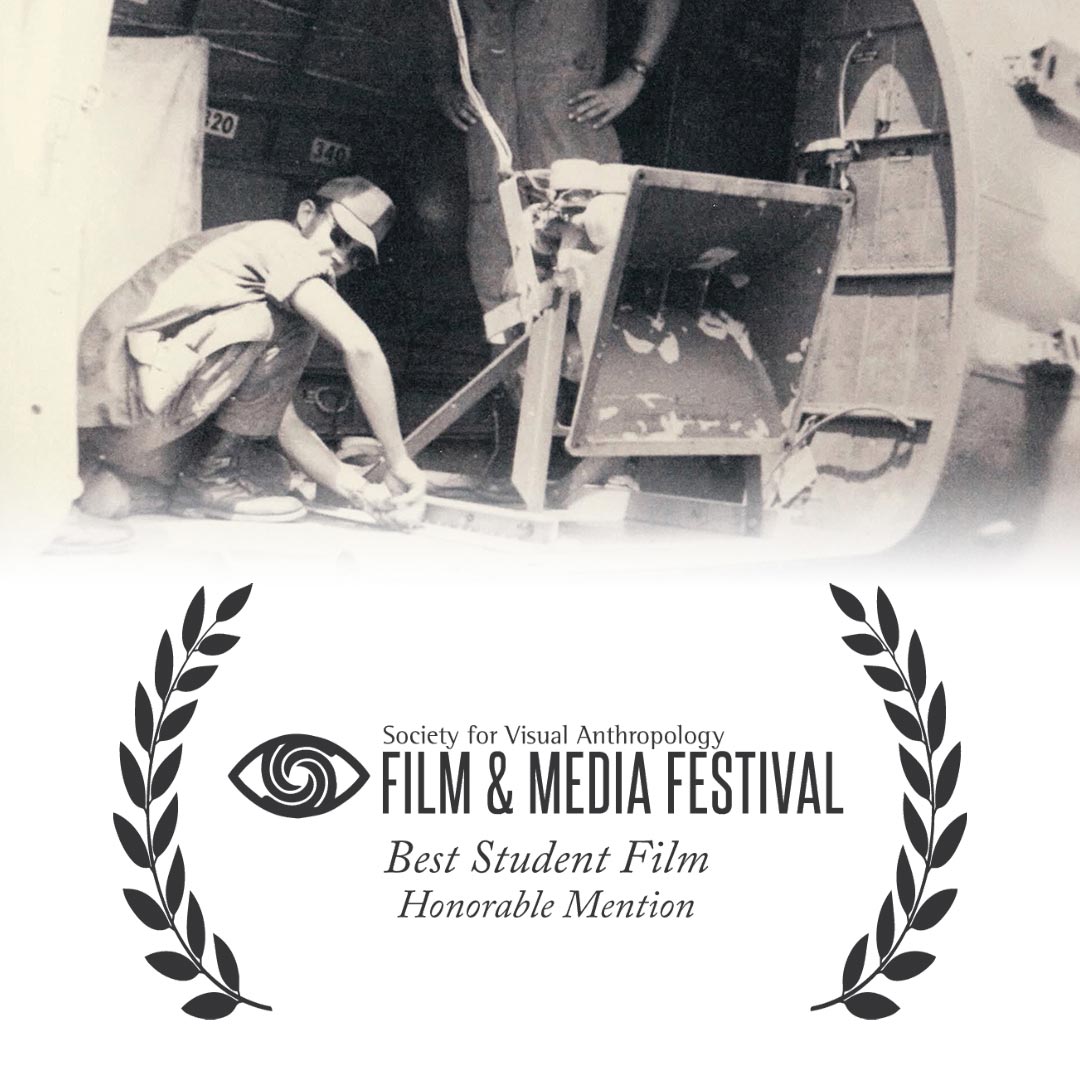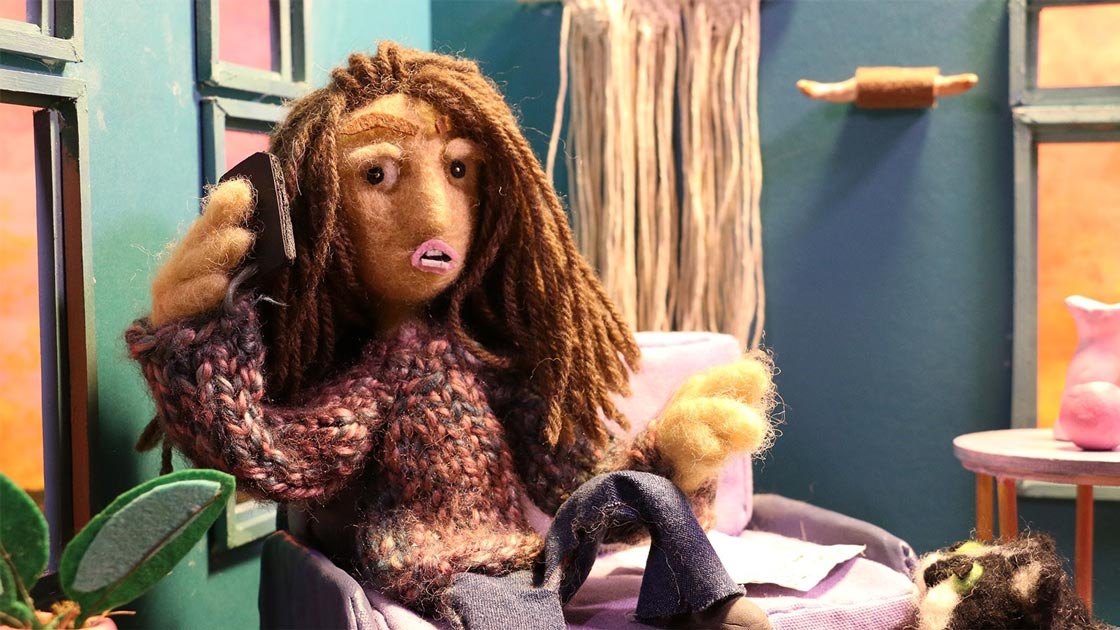Julian: It was a Monday at like, 3 PM. I was in the middle of working and I looked at my phone and had a missed call from a 310 number that was maybe ten to fifteen minutes ago. But there’s no voicemail or anything, so I thought maybe it was someone at work or someone asking about a job, so I called them back. A woman answered and she went, “Hello?” And I’m like, “Hi. I got a missed call from this number.” And she was like, “Who is this?” And in my head, I’m like, “You called me. You probably know who this is.” So I told her my name and she said, “Oh, it’s Heidi from Sundance.” Immediately I was really excited but also really on guard. For some reason, I don’t know, I was expecting they were calling us to tell us “It was great, but…”
Brianna: They don’t call you. (Laughs)
Julian: (Laughs) I know.
Brianna: They don’t call you for that.
Julian: So anyway, she was like, “We watched Raspberry, we thought it was great, and we’d like to invite it to Sundance 2021.” I tried very hard not to lose my cool. So I went, “Yeah. Oh, that’s great. That’s really awesome,” but inside I was freaking out. I kinda wish I’d let myself freak out a bit.
Brianna: Well, you told them maybe. (Laughs)
Julian: Yeah, so pretty much we didn’t know. We didn’t know what to do with this festival season with COVID and everything. Things were so uncertain. I sort of asked her whether or not the invitation still stands if we wait a year. And she said, “No you’d have to re-apply.” I don’t know what I was thinking, but I asked, “When do you need to know by?” She was like, “I mean, as soon as possible. Preferably by the end of the week.”
Brianna: (Laughs) Oh man.
Julian: “Okay. I’m like 90% sure it’s a yes,” I said. I think I needed to call someone. I needed to call you, at least. It didn’t feel real. I texted you, right?
Brianna: No, you called me, but I didn’t answer because I was in the middle of working. Then he texted me and said: “It’s not an emergency but call me when you get a chance.” I texted back: “Maybe six o’clock when I get off.” This was three hours away. (Laughs)



